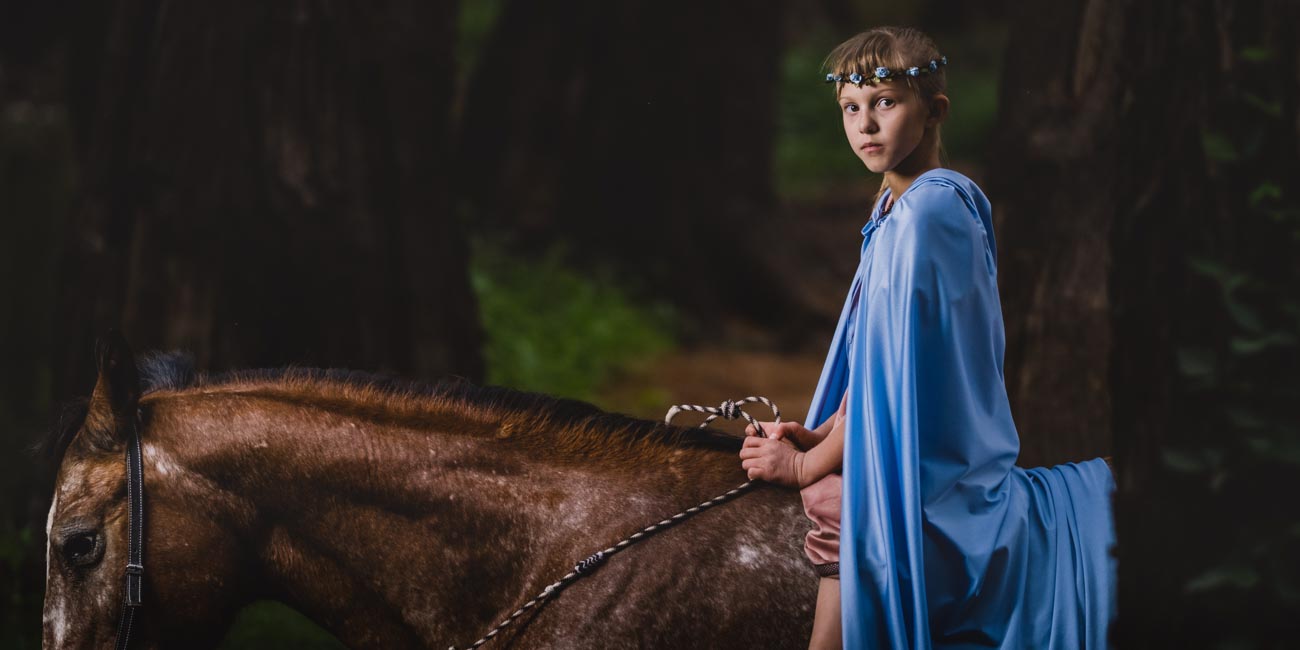
Mythical creatures are popular in the early childhood years as they inspire imagination and pretend play. Because mythical creatures aren't real, children can invent their own rules and stories about their existence.
The Early Years Learning Framework (EYLF) supports learning about myths and magic. These creatures promote curiosity, confidence and imagination (4.1).
Your children may be interested in dragons, fairies, ghosts and spirits, mermaids, monsters, superheroes, unicorns, or characters from popular culture.
Although they were real, dinosaurs encourage imagination too.
Learning experiences
Play with a mythical world
Fill the bottom of a container with vibrant pieces of fabric. This will become a mythical world the children can play with. Add in loose parts like shining sequins and pretend gems.
Add in toy figurines and pretend they are mythical creatures. Children can adapt people and animal figurines by sticky-taping on costumes, like paper wings.
Make a mythical beast
Children cut out body parts of animals or people from magazines and old picture books that would normally be thrown away. Once enough pictures of body parts have been collected, the children can use them to create a collage of a mythical beast.
Children can mix, match and arrange the body parts to create a new creature. Once they are happy with their mythical beast, the children can glue the pieces onto a piece of paper.
Describe and discuss each of the beasts. What are their names? What makes them special?
Discussions
Ask children to make two lists: things that are real and things that are pretend. Can children tell the difference? Were there any differences in opinion?
Resources
Picture books
- Where The Wild Things Are by Maurice Sendak
- The Gruffalo by Julia Donaldson
